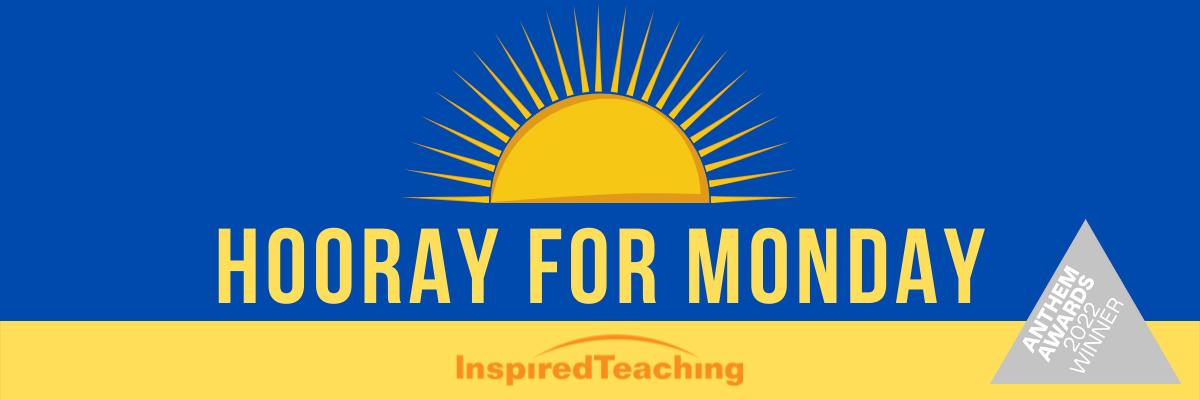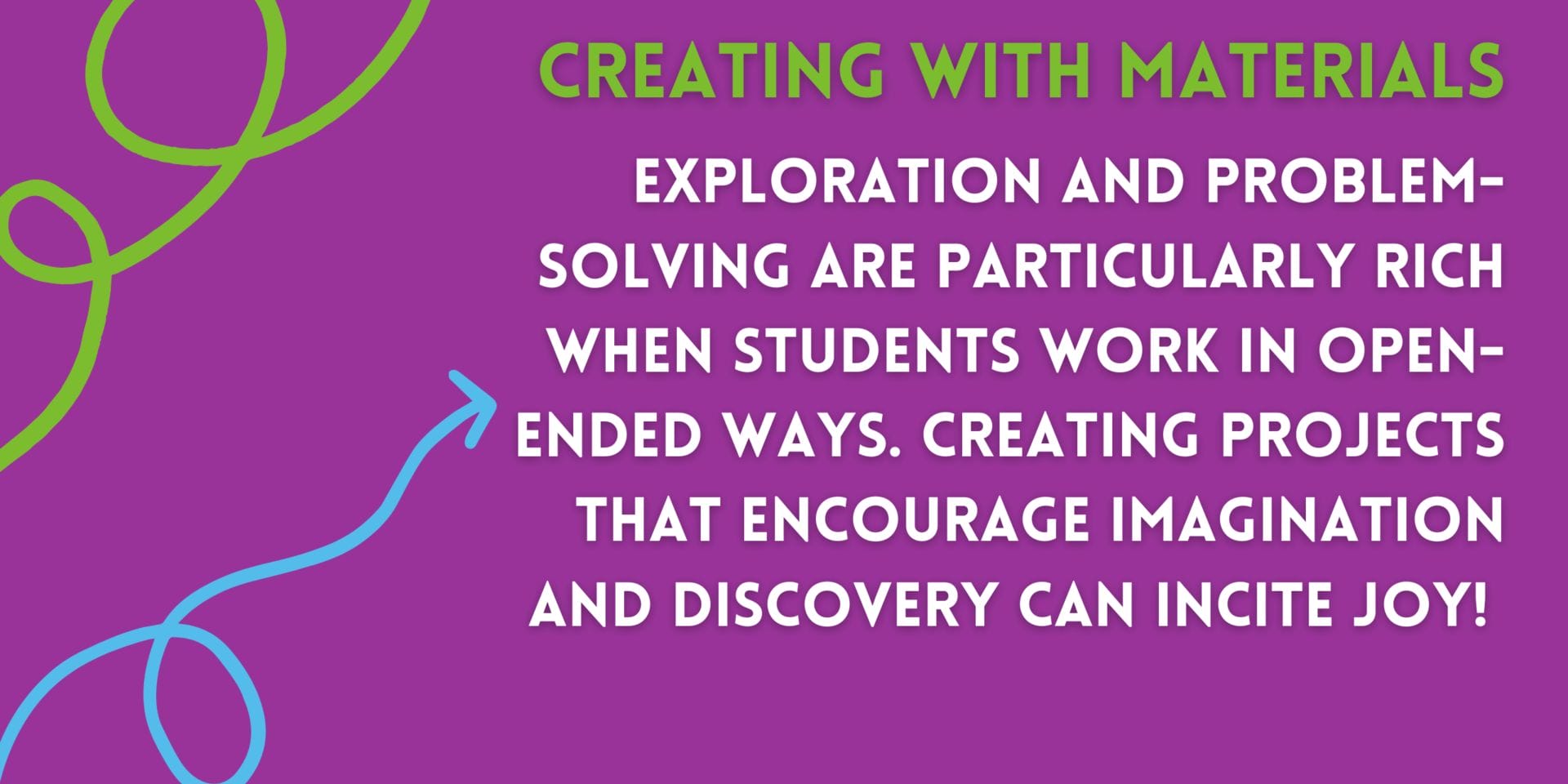April 18, 2022
By Aleta Margolis, Founder and President, Center for Inspired Teaching
Hooray for Monday is a weekly blog filled with questions, ideas, reflections, and actions we can all take to remodel the school experience for students.

Back in December 2020, when the pandemic was still relatively new and my colleagues and I were still learning to teach our improvisation-based teacher workshops through a screen, Inspired Teaching hosted an online Institute on the topic of Joy. We debated the relative wisdom of offering a program on this topic, given that we were in the midst of a very painful pandemic. But we decided to go forward. With over 50 teachers in attendance and many more on the waiting list, it was one of the most important sessions we ever ran. Even in the depths of struggle, Inspired Teachers know that Joy is a must.
Joy is the fourth of Inspired Teaching’s 5 Core Elements, and it means students and teachers know they are valued and feel a sense of belonging in school. As Inspired Teaching’s full definition articulates, we believe joy should be an important component of the everyday experience of going to school.
This week I had the great pleasure of speaking with Dr. Sundai Riggins, Head of School at the Inspired Teaching Demonstration School – a school that embraces, and helps spread, the Inspired Teaching approach. I spoke with Dr. Riggins in the middle of a particularly stressful day, as she navigated the many challenges that come with leading a school during the third year of a pandemic. And yet, within moments of beginning our conversation, Dr. Riggins radiated joy. See for yourself, by watching Dr. Riggins describe how she finds joy in the everyday business of leading a school.
Joy, according to Dr. Riggins, “honors student voices” and offers students “voice, choice, and agency in what they’re learning.” She sees joy as an end product, achieved by asking compelling questions and opening up space for students to ask their own questions while exploring their natural curiosity about the world around them. Dr. Riggins’ guidance builds upon the insights I shared last week in my interview with my mentor Judy White, around keeping students in the driver’s seat of their learning.
To that end, Dr. Riggins spoke about the connection between Joy and students’ social-emotional learning. “We focus on affirming the students, on greeting them every day. That’s important,” she says, but she challenges teachers to go further and ask themselves, “Are we listening to them?” She recommends surveying students as a means of including their voices not only in the creation of the environment around the school building, but also in academic instruction. Dr. Riggins reminds us that, while standards and curriculum are important, we must keep students front and center: “If student voice doesn’t live in the curriculum, if you’re not asking students about their experience, then which stakeholders are we serving?”
Dr. Riggins has put structures into place in her school to ensure that joy and student agency remain central. She describes an iterative process of planning, teaching, and revising, that reflects Inspired Teaching’s Observe-Plan-Instigate Cycle for teachers. She insists that joy and high expectations go together, and warns that the “hyper-structured environments” that some schools put into place in an attempt to raise expectations, can actually become “joy smashers” that decrease a student’s chances of becoming a lifelong learner.
Dr. Riggins challenges her fellow school leaders to look for, and model, joy – especially “in the fog of all…that is happening with the pandemic.” This can mean:
-
Inviting teachers to share something that’s recently brought them joy.
-
Taking a walk around the school building searching for examples of joy.
-
Listening authentically to a student or a colleague.
The first step is “repositioning yourself to be able to see [joy]…taking the glasses and wiping them and cleaning them so you can see.” Dr. Riggins believes her job as a school leader is to “clear the fog” for her teachers, her students, and sometimes even herself.
May her words help us all see a little more clearly this week.


